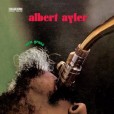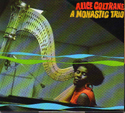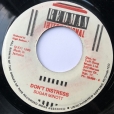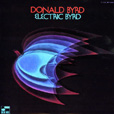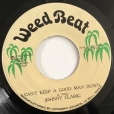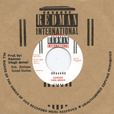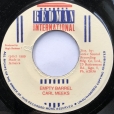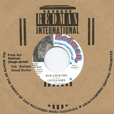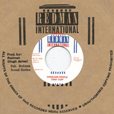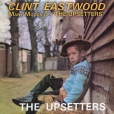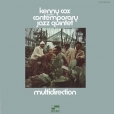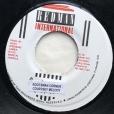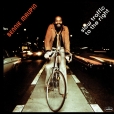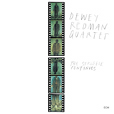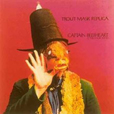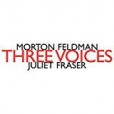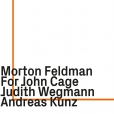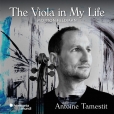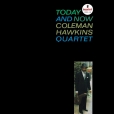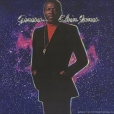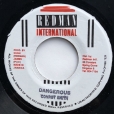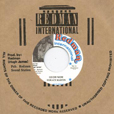Your basket is empty

Slammed at the time as a sell-out, and what a joke that is. Brimming with raw physical emotion, but reaching out — in the revolutionary year of 1968 — to soul, rock and gospel.
Also the blues. When he was still at Cleveland High School, Albert spent two summers touring with none other than Little Walter. “The manner of living was quite different for me — drinking real heavy and playing real hard. We’d travel all day, finally arrive, take out our horns and play.”
Her debut as leader, a year after John’s death, with Pharoah Sanders, Jimmy Garrison, Ben Riley and Rashied Ali steeply conjuring an ecstatic blend of JC and Bud Powell, blues, gospel and free jazz, trained unflinchingly on Nature and Truth, witches and devils, the Mystical and the Divine.
Tremendous music — deeply rooted, rawly searching, still thrillingly uplifting.
‘Verve By Request.’
From 1970 — a ten-piece including Duke Pearson and Airto, diversifying the funk innovations of Bitches Brew into sunnier, accessible, freewheeling jazz, with fresh Brazilian flavours.
Two songs from the Weh Dem Fah album — Wicked Can’t Run Away and Sleng Teng excursions.
Can’t bubble, can’t cook, can’t even dress properly.
Landmark Detroit jazz. Trumpeter Charles Moore was the founder of the Detroit Artist Workshop; he and pianist Kenny Cox would go on to found the highly influential Strata Records. The pair split the compositions here. The second of the Quintet’s two Blue Notes, AllMusic likens this 1969 session to Andrew Hill’s Grass Roots, Jackie McLean’s Jacknife, and Grachan Moncur’s Evolution.
That’s Maupin on Bitches Brew, and Lee Morgan’s Live At The Lighthouse, and Head Hunters. He co-wrote Chameleon. From 1977, this is killer fusion in the same dazzling tradition — as confirmed by transformative readings of two classics by the Mwandishi sextet, Quasar and Water Torture, from the LP Crossings. We’re in the same neck of the woods as Eddie Henderson’s two deadly Blue Notes around this time — Sunburst and Heritage — and the great trumpeter is here. Also Patrice Rushen, who plays a blinder: check her out on the opener. Pat Gleeson, who introduced Herbie to synths, Head Hunters mainstay Paul Jackson, Blackbyrd McKnight, from Flood and Man-Child…
Dewey Redman (tenor sax), Charles Eubanks (piano), Mark Helias (bass), Ed Blackwell (drums).
This is a top-notch reissue, with scrupulous sound restoration, and a lyric sheet in card.
Intrepidly sourcing Cal Schenkel’s original cover photograph for maximum definition and colour, it’s never looked so good, either,
Highly recommended, even if you’ve already got a copy.
Definitive performances by pianist Judith Wegmann and Andreas Kunz.
Feldman: “The degrees of stasis, found in a Rothko or Guston, were perhaps the most significant elements I brought to my music from painting. For me, stasis, scale, and pattern have put the whole question of symmetry and asymmetry in abeyance.”
Cage about Feldman: “Listening to this music one takes as a spring-board the first sound that comes along; the first something springs us into nothing and out of that nothing arises the next something… like an alternating current. Not one sound fears the silence that extinguishes it. And no silence exists that is not pregnant with sound.”
‘This work has accompanied me like a secret, an almost silent meditation on what the viola means in my life. Through it I have experienced how much this instrument connects me to listening, to patience, to inwardness. Here Morton Feldman is not composing in order to shine, but so as to make us hear the infinitesimal, the unspeakable – that is what has touched me profoundly, and I want to share it with the listeners.’
Antoine Tamestit
Aged 25, signing off Impulse! with a wayward flourish, Hubbard plays beautifully throughout, boldly leading an orchestra and string section, 16-piece big band, and a septet with Curtis Fuller, Eric Dolphy, Wayne Shorter, Cedar Walton, Reggie Workman, and Louis Hayes. Shorter is arranger and conductor. Buckle up for Dolphy flipping his wig in Clarence’s Place.
‘Verve By Request.’
A brawny, no-piano, three-horn quintet — Dave Liebman, Joe Farrell, Frank Foster — including bassist Gene Perla. Questing, widescreen post-bop from 1971.
